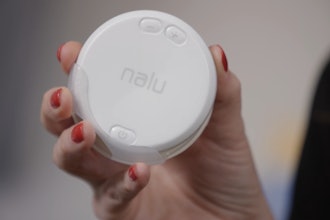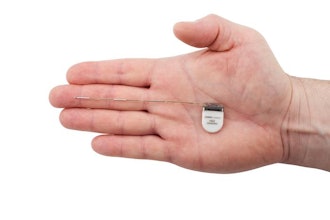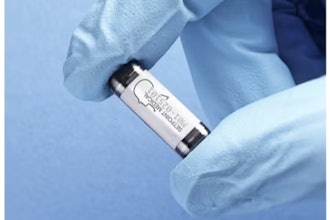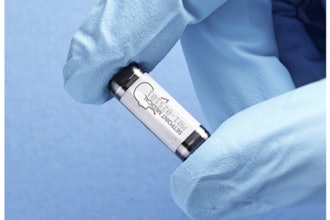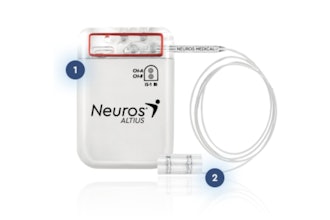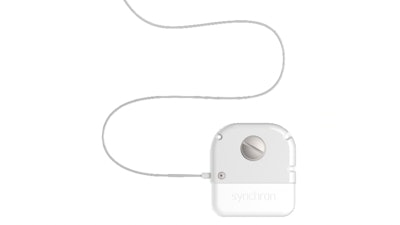
Synchron, an implantable brain-computer interface (BCI) company, announced the medical journal JAMA Neurology has published peer-reviewed, long-term safety results from a clinical study in four patients with severe paralysis implanted with Synchron’s first-generation Stentrode, a neuroprosthesis device. The study found that it is possible to use the neuroprosthesis device to transmit neural signals from inside a blood vessel in the brain over a long-term period without any serious adverse events related to the device.
The Stentrode With Thought-Controlled Digital Switch (SWITCH) study, a first-in-human study, evaluated four patients implanted with Synchron’s Stentrode. Patients participating in the study completed a 12-month follow-up with no persistent neurological deficits. There were no clots or migration of the device. Signal quality remained stable with no evidence of significant deterioration. Each participant successfully controlled a personal computing device with the BCI. Participants were able to use the implant to generate digital switches under intentional control for routine digital activities, such as texting, emailing, personal finance, online shopping, and communication of care needs.
The study was led by investigators Professor Peter Mitchell, a leading neurointerventionalist who performed the procedures, and Professor Bruce Campbell, a vascular neurologist from the Royal Melbourne Hospital and the University of Melbourne. The procedures were performed in a neurointerventional angiography suite.
Paralysis may result in a loss of control of muscles in the body, while the brain can remain intact. Motor intent is the brain signal underlying the physical will to move. A brain-computer interface is designed to restore the lost motor intent signal transmission associated with paralysis. The device is implanted in the motor cortex of the brain via the jugular vein in a minimally-invasive endovascular procedure. Once implanted, it detects and wirelessly transmits motor intent in order to control personal digital devices.
Motor intent was detected using a robust decoder that searches for power changes in certain frequency bands. The digital switches were executed under the volitional control of frequency band shifts by the users.
Synchron’s first-generation system was developed in partnership with Ripple LLC (Salt Lake City) and utilized Ripple's neural sensing technology to provide core signal acquisition, data telemetry and signal processing capabilities.











